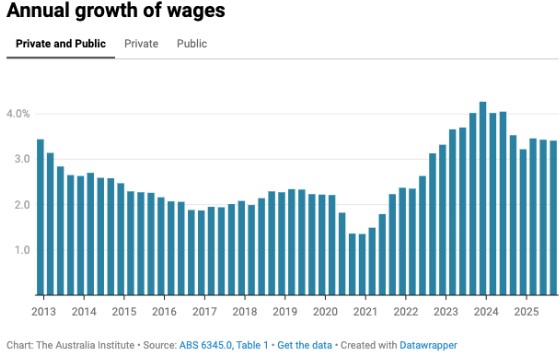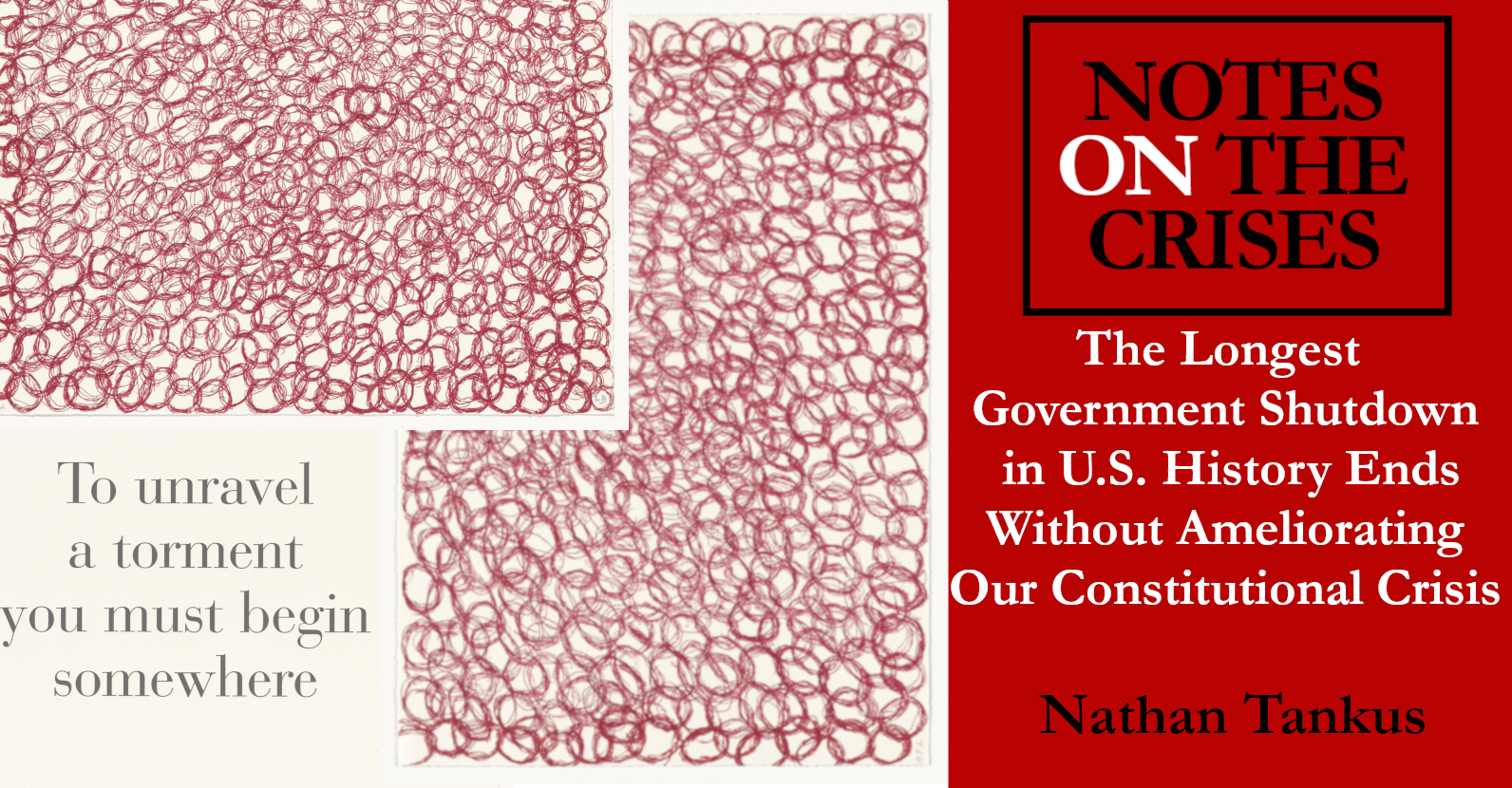Government policies that incentivise property investment do so at ever increasing personal debt levels resulting in Australia evidencing the second highest level of personal debt after the Swiss. This means that Australian households while wealthy in net wealth and asset terms, carry far more risk than nearly all other individuals within advanced economies in the OECD notwithstanding the Swiss who evidence a much smaller development available land mass and population.
It is therefore very important to consider the resilience of Australian households. Recent research from the RBA (2020) is instructive. The RBA research results suggest that risks arising from Australian household indebtedness are more subtle than sometimes conveyed (RBA, 2020). Most pertinently key market parameters, and factors, such as changes in the level of real income, nominal rate levels and household ownership of rental stock, account for currently household debt levels.



